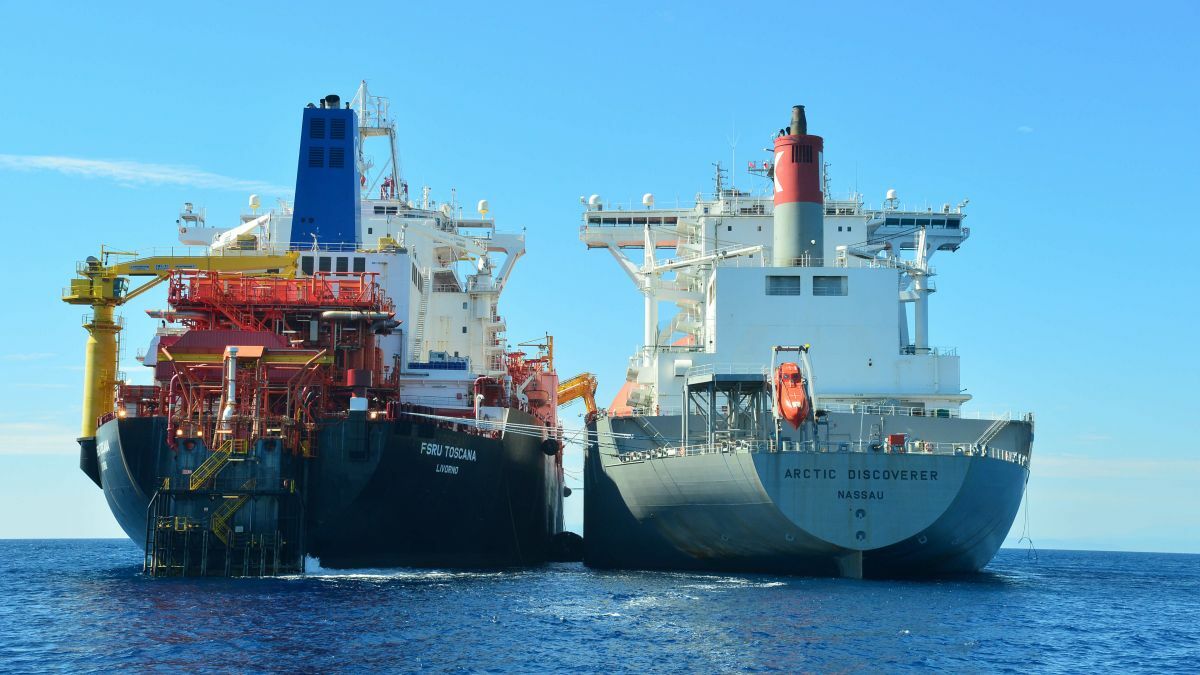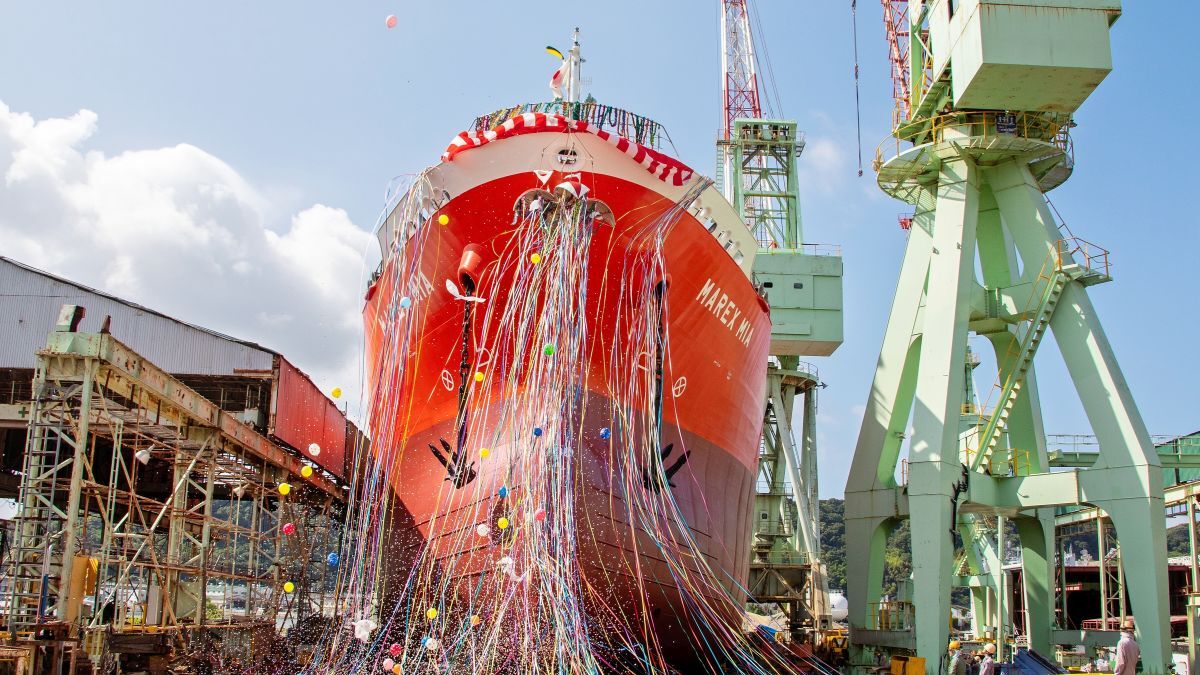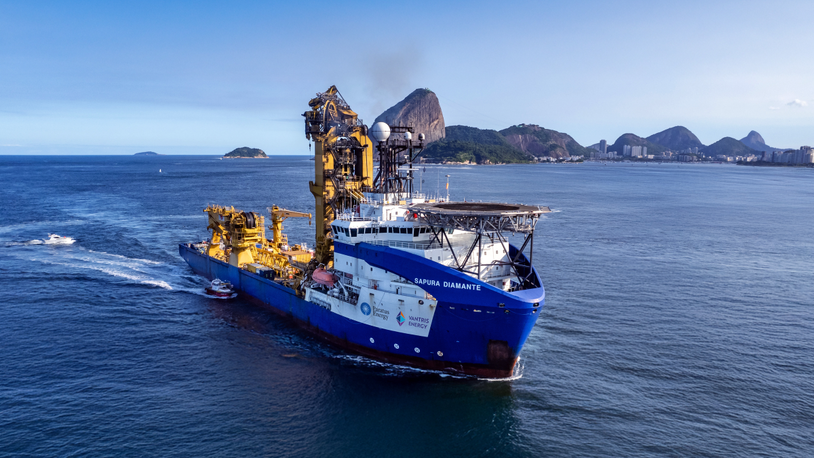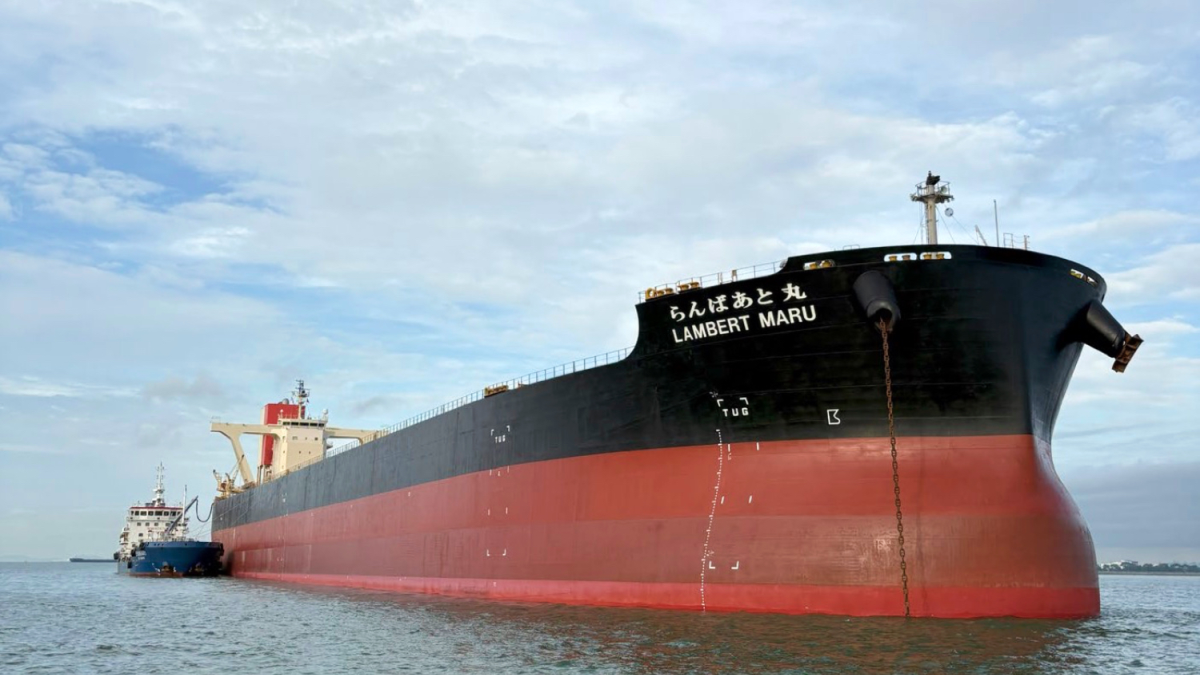Business Sectors
Contents
Bagged cargo, brought in bulk
Aside from the issue of delivering to ports without expensive handling equipment, some bulk trades are also witnessing a growing trend among buyers to prefer bagged product. This can be done before the cargo even leaves the origin country and a growing number of consignees are requesting bagged produce in standard containers because this offers greater flexibility in terms of volumes to be received and processed.
But there is a niche trade that offers the possibility to load in bulk and then bag on-board. Bulk in, bags out (BIBO) vessels are bulkers specially equipped to bag cargo at loading time. At present, there are just three of these ships in service. Commodity Handling Ltd, a private company incorporated in Singapore, owns and operates two European-based vessels, CHL Progressor and CHL Innovator. On both vessels sugar is loaded by means of bulk conveying systems in enclosed conditions from the refined sugar terminal to the ship’s holds, which are insulated and air-conditioned.
At the destination port, sugar is transferred from the holds to an on-board bagging plant where it is accurately weighed into 50kg bags, usually polythene-lined polypropylene, jute or paper sacks. These pass through the bag sewing machine and then, controlled by a central automation system, they are carried by conveyors to the discharge points at deck level. Still under cover, they are automatically transferred on the conveyor system to the quayside truck/wagon loading machines.
Each machine is manned by a BIBO operator and two stevedores and the extending and traversing belts of the loader allow rapid stacking of the bags onto the flatbed trucks or rail wagons. The operator can, if necessary, stop the entire discharge conveyor system as far back as the bagging machines while another vehicle is manoeuvred into position, or for safety purposes. Alternatively, sugar may be discharged in bulk to suitable storage facilities at up to 750 tonnes per hour.
CHL says the great advantage of the BIBO concept can be seen when a vessel arrives at the receiving port. With traditional bagged cargoes, there are often delays caused by the opening and closing of hatches, gear failure, careless handling and frequent stoppages caused by poor weather. However, as the BIBO vessels have higher discharge rates than conventional cargo ships, CHL says many ports grant priority berthing to its vessels. In ideal conditions, BIBO discharges have been carried out at average rates of 5,000 tonnes per day, although somewhat lower rates are more usual.
Budpak recently completed a major upgrade of bagging equipment originally installed on CHL Progressor in 1990 to discharge 50kg bags of white refined sugar at a rate of 360 tonnes per hour. The scale controllers originally fitted to the bagging equipment were no longer able to be supported with spare parts so CHL upgraded the weighing electronics to Budpak’s Pak-Scan 500 weight controllers. An Accuweigh/Budpak service technician completed the bagging equipment upgrade while the vessel was in dry dock in Istanbul, Turkey, with the final commissioning being completed in the Netherlands when the bulk carrier was being loaded with white refined sugar.
The on-board bagging equipment includes six Budpak Duplex net weight bagging machines, bag closing lines using Newlong Industrial bag closing lines and all transfer conveyors. The Pak-Scan 500 is based on an Allen-Bradley touch screen with custom software to provide an operator-friendly graphical interface to all weighing functions of the bagging machines. Each unit can control up to eight weighing buckets and achieve both high speed filling rates combined with very high bag filling accuracies.
The third such vessel, Pioneer, is operated by Sugar Australia and registered at Port Mackay. It has a cargo capacity of 20,000 tonnes and has been designed to load and transport refined sugar in bulk to Australian and overseas destinations and discharge it in bulk at 500 tonnes per hour or in bags at 3,000 tonnes per day.
Refined sugar from Racecourse refinery is stored in bulk in a silo at Mackay where it is bulk loaded in enclosed conditions from the silo into the ship’s holds. While in the ship, the sugar is stored in insulated air conditioned holds that are lined with stainless steel. When bulk sugar is unloaded, it travels from outlets at the bottom of the hold onto a fully enclosed conveyor belt. However, when required bagged sugar is unloaded from the on-vessel bagging plant via two port side elevators connecting to conveyors and finally truck loaders located on the wharf. MP
Related to this Story
Events
LNG Shipping & Terminals Conference 2025
Vessel Optimisation Webinar Week
Marine Coatings Webinar Week
© 2024 Riviera Maritime Media Ltd.













